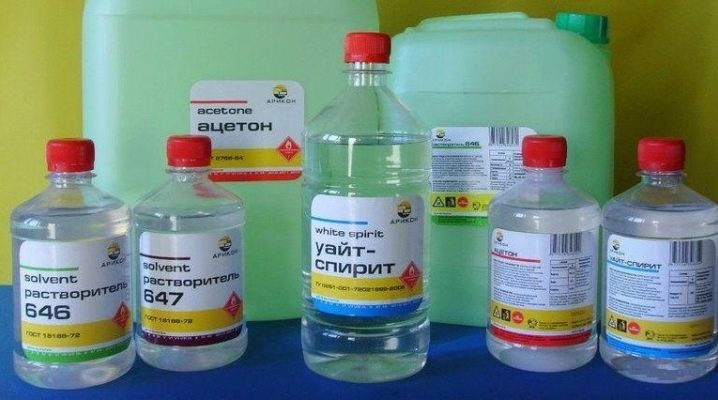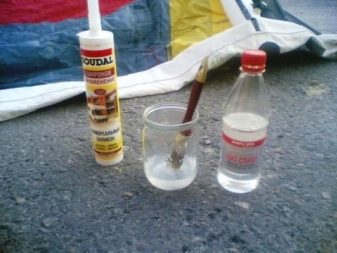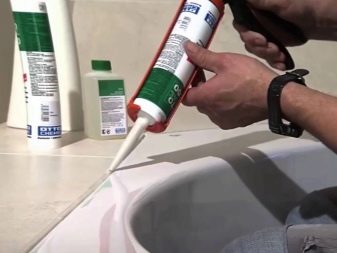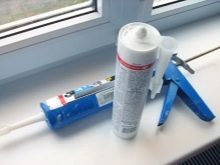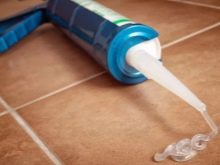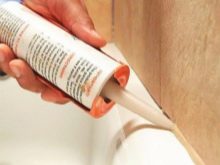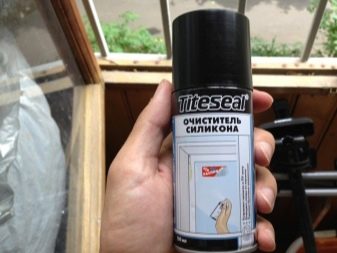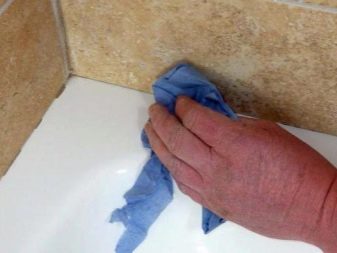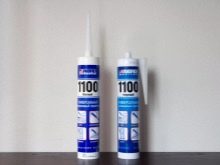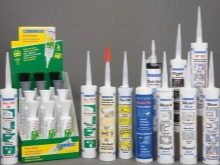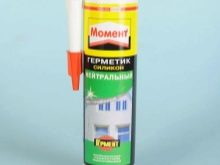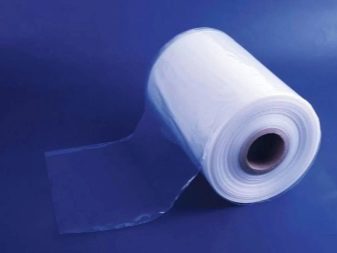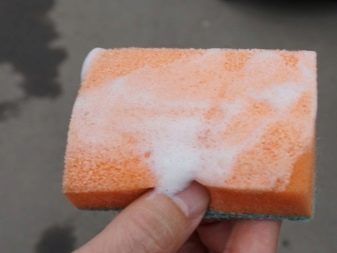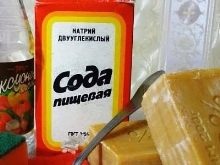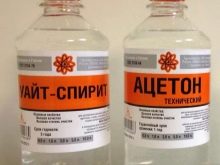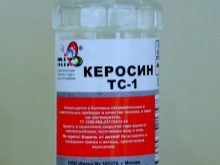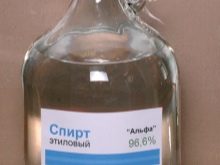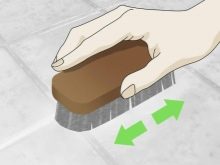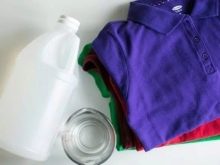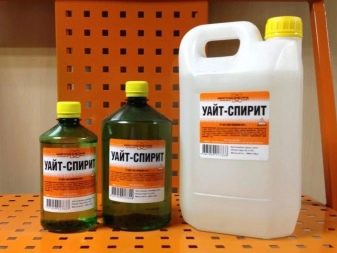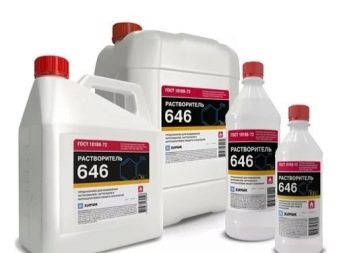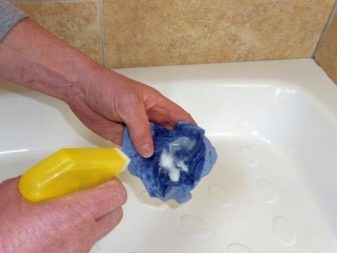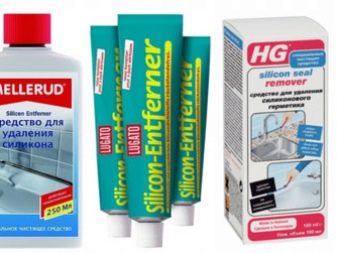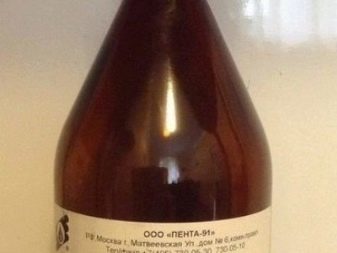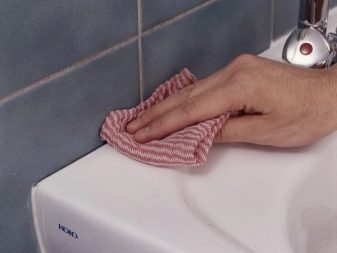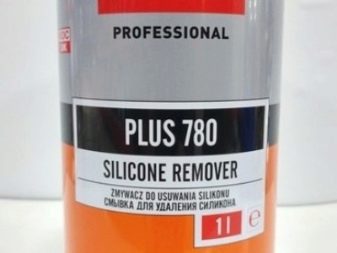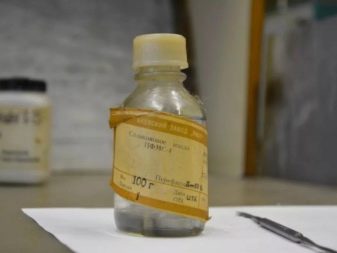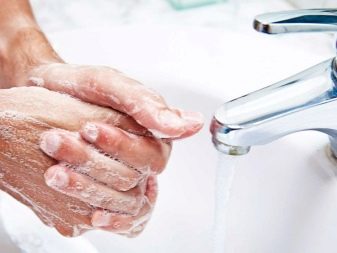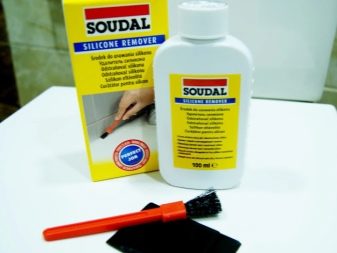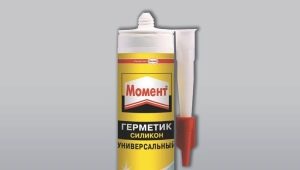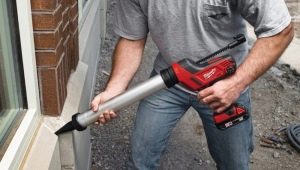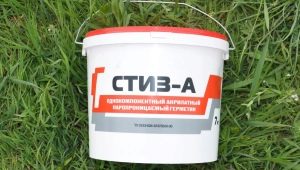How to dissolve silicone sealant?
Silicone sealants are indispensable assistants at various stages of finishing work. In some situations, the composition is required to be diluted to a liquid state, so that in the future it can be removed without much difficulty. In such cases, the consumer is faced with the question of how to do it correctly, so as not to damage the treated surface. It is worth considering this point in more detail.
Key Features
Silicone sealant has gained popularity during the finishing works due to the fact that users have appreciated its quality and technical characteristics. It is indispensable both for professionals and for home repairs. First of all, it is noted that the composition is resistant to moisture, due to this it is often used for finishing in kitchens and bathrooms.The sealant adheres well to surfaces of various types, it perfectly covers joints and seams. Good tolerance to temperature changes allows the use of the composition on the bases, which are operated in the temperature range from -50 to +200 degrees.
The sealant is very flexible, which allows it not to crack after drying., as well as external mechanical effects. Fungicides in its composition are antiseptic, which makes the material resistant to the appearance of mold, fungus and microorganisms. With all this, the mixture is very strong and well fixed on the base. All of the above features allow us to state that there can be certain difficulties in removing this compound.
If the sealant finally froze, it cannot be removed mechanically, special formulations should be used to soften the material.
Kinds of solvents
To dissolve the sealant, you need to choose the right tool. To do this, take into account the composition of the material.
Silicone mixtures can be divided into 3 types:
- Acid-based sealants. Acetic acid is used in their production.These compounds have a fairly low price, however, while their peculiarity is a strong smell. When choosing these materials, it is necessary to take into account that some metal foundations and marble do not tolerate contact with them.
- Alkaline silicone sealants are made using amines. For the most part, their scope of application is specific.
- Neutral formulations. They are universal, such sealants can be used for any kind of finishing work, they are in excellent contact with surfaces of any type.
The modern market offers a huge number of special tools that dissolve silicone sealant. In some cases, can help folk ways of getting rid of the composition.
Popular tools
When the sealant was on the hands, you need to act as quickly as possible. Most often at home using regular polyethylene. The bag is applied to the soiled area, held for a few seconds, and then abruptly removed, along with the silicone attached to it. The remains are washed off with ordinary water and soap.
Folk methods
In the case when the sealant on the hands is already dry, it is advisable to use acetic solution.Nine-percent vinegar should be mixed with water in equal proportions, then wipe the skin with a cotton pad moistened with this solution. Remains are washed off with soap and running water. And also hot water with the table salt dissolved in it well works. Hands should be lowered in the bath for 10–15 minutes, after which soft sealant can be easily removed from the skin.
Homemade solvents are more aggressive, but no less effective means. Well copes with the task of kerosene, acetone and gasoline, you can use nail polish remover. Since this method is less gentle, after applying the above means, hands should be thoroughly washed with soap and water, after which it is recommended to use a moisturizer. If the silicone compound gets on clothes - this is not a very pleasant moment. As a rule, when carrying out finishing works, things are put on that are not sorry for staining, but if for some reason this did not work out, the sealant got on things, then the problem can also be solved. Experts recommend putting soiled clothes in the freezer. As soon as the silicone hardens, and usually it takes about half an hour, it can be removed with a knife.
Another option is the use of alcohol-containing compounds. With a brush dipped in alcohol, you need to thoroughly clean the thing. The agent will dissolve the sealant, after which the clothes should be rinsed. And you can also use a solution of vinegar. The soiled part of the clothes is soaked with them, after which the material is scraped off. Finally, the sealant can be removed by washing.
However, keep in mind that the water must be hot, which can spoil delicate things.
Special means
Silicone glue, which has fallen on a small surface area, can be removed with the help of white alcohol. However, in order not to spoil the surface, it is recommended to pre-apply the substance on the hidden part of the base, so its effect is checked. If you need to clean a large amount of surface, it is better not to use this solvent. Damage to the paint layer may be a consequence of exposure. Many organic compounds to dissolve the sealant is not recommended for use when working with tiles. Ceramics from contact with the substance loses shine. The use of white alcohol for low quality ceramic tiles is strictly prohibited.
An alternative to this composition can be a mixture of 646. It affects the silicone sealant, breaking it into small balls, which are then easy to remove with a simple cloth. However, these tools may be useless if the silicone is dry and hardened completely. In this case, the problem will be solved by the use of professional solvents, which are capable of such a task. Such compositions can be both universal and narrowly targeted. The main thing is when buying to stop your choice on exactly the means necessary in each specific case.
Organic solvents have their own characteristics of application. The main difference is the exposure time, which can range from 5 minutes to several hours. It depends on the composition and on how much time the material has hardened. After softening the silicone, it is removed, and the base is washed with water. It should be borne in mind that the overwhelming majority of organic solvents are composed of acids that can damage sensitive materials.
There are many types of such compounds in the construction market. Experts recommend using only proven marks, as well as not to lose sight of the type of surface to avoid its possible damage.For more active work solvents are not recommended to use them in rooms with high humidity, as the exposure time may be increased. After removing the material, be sure to wipe the surface with a clean damp cloth, you can use soap. It is necessary that the residual particles of the composition do not harm the surface.
Consumers note the excellent quality of the Penta-840 washes, which perfectly removes silicone sealant from various types of surfaces, such as stone, glass, metal, tile and others. It retains its properties at different temperature drops. This compound can be used even when the sealant is completely hardened. With this composition it is necessary to wet the fabric, which is then applied to the soiled area and closed with polyethylene on top. Due to the fact that the evaporation will not occur, the tool will quickly penetrate into the sealant and destroy it. The exposure time is indicated on the package.
After the procedure, the rest of the silicone should be removed, and the treated area should be washed with soapy water, wiped off and dried thoroughly.
Breeding methods
There are several ways to dilute or dilute the sealant, but it is necessary that the material does not lose its basic properties. Experts prohibit the use of toluene as a solvent, as it comes into contact with silicone, it emits harmful substances, which can cause poisoning. Silicone rubbing is recommended for this purpose. Together with silicone, it is used in a ratio of 1: 6. Rubbing preserves the quality of a silicone sealant, while liquefying it. And you can also use silicone oil and gasoline for lighters, but this method is less preferable than the previous one.
Useful tips
To work with silicone sealant, it is necessary to observe certain security measures. The first step is to protect the hands from its effects. For this you can use gloves. If not, you need to lather your hands and allow them to dry. The presence of a soap film will become a protective barrier and will help prevent the composition from sticking tightly to the skin. When applying the solvent on different surfaces, it must be borne in mind that some compounds can damage the substrate, therefore, they must be carefully selected.In this situation, you need to pay maximum attention to the instructions for use, which describes the possible limitations and subtleties of work.
On the use of acetone to dissolve the silicone sealant, see below.
